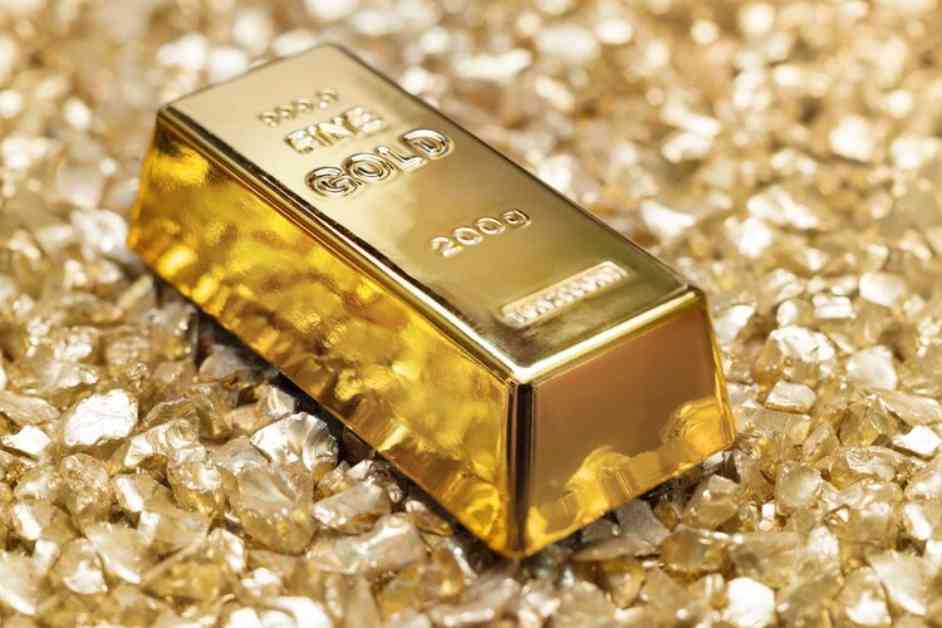Gold prices took a hit after the release of strong US PMI data, which showed that both manufacturing and services activity remained robust in June. This led to higher expectations for inflation and interest rates, causing gold to drop below its 50-day Simple Moving Average (SMA) on an intraday basis.
The increase in PMI data resulted in gold trading in the $2,330s on Friday as the higher activity levels suggested that inflation would likely remain elevated. This, in turn, could delay any interest rate cuts by the US Federal Reserve, which is a key factor influencing the price of gold. Lower interest rates are typically positive for gold as they reduce the opportunity cost of holding the precious metal compared to other assets.
On the flip side, gold is expected to benefit from central bank buying, with a survey revealing that 81% of respondents believed that central banks would increase their gold holdings in 2024. This trend has been particularly noticeable among Asian central banks, which are hoarding gold as a hedge against a strengthening US Dollar.
Furthermore, the geopolitical tensions between the BRICS nations and the West have highlighted the importance of gold as a buffer against the dominance of the US Dollar. The ongoing conflicts between various nations are likely to continue driving demand for gold as a safe-haven asset and potential medium of exchange.
From a technical analysis standpoint, gold’s break above a key resistance level invalidated a bearish Head-and-Shoulders pattern, signaling a potential continuation of the uptrend. The next target for gold is in the mid $2,380s, with a possibility of reaching the May high at $2,450 and beyond.
Interest rates play a crucial role in influencing the price of gold, as higher interest rates generally strengthen a country’s currency and increase the opportunity cost of holding gold. This is because higher interest rates make other interest-bearing assets more attractive compared to gold, leading to a decline in gold prices.
Overall, the current economic landscape, central bank buying trends, and geopolitical tensions suggest that gold is likely to remain in focus as investors navigate through the various factors affecting its price. It will be interesting to see how these dynamics continue to shape the precious metal’s performance in the coming months.













